Mach 3 Speed Explained
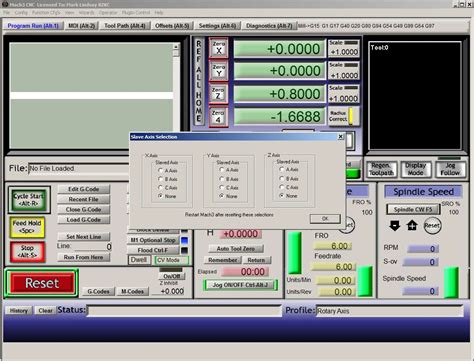
Introduction to Mach 3 Speed
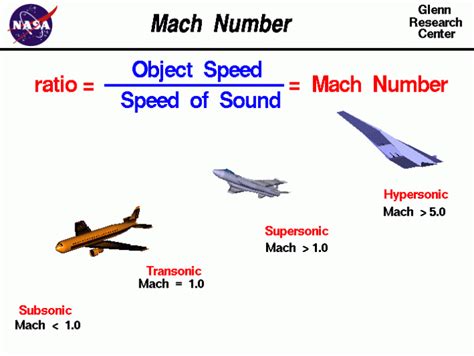
When discussing speed, especially in the context of aviation and aerospace, the term Mach is often used. Mach refers to the speed of an object relative to the speed of sound. The speed of sound, approximately 768 miles per hour (mph) or 1,236 kilometers per hour (km/h) at sea level in dry air at 59 degrees Fahrenheit (15 degrees Celsius), is used as a baseline. Mach 3, therefore, refers to three times the speed of sound. This article will delve into what Mach 3 speed means, its significance, and the challenges associated with achieving and maintaining such velocities.
Understanding Mach Numbers
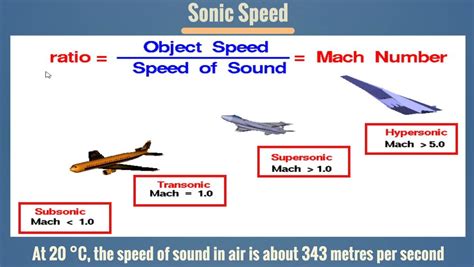
Mach numbers are a measure of the speed of an object in relation to the speed of sound in the surrounding environment. The environment’s temperature and air pressure affect the speed of sound, so Mach numbers can vary slightly depending on these conditions. Mach 1 is the speed of sound itself, Mach 2 is twice the speed of sound, and so forth. For an object to achieve Mach 3, it must travel at approximately 2,304 mph (3,708 km/h) at sea level. This speed is incredibly fast and poses significant technological and physical challenges for any vehicle attempting to reach or exceed it.
Significance of Mach 3 Speed
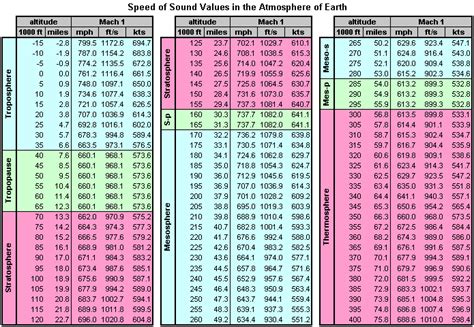
The significance of Mach 3 speed lies in its application in military aviation, space exploration, and the development of high-speed civilian transportation. Achieving Mach 3 speeds can provide a significant strategic advantage in military contexts, allowing for rapid deployment and response times. In space exploration, achieving speeds necessary to escape Earth’s atmosphere (about Mach 25) requires understanding and overcoming the challenges posed by lower Mach numbers, including Mach 3. For civilian transportation, reaching such high speeds could revolutionize travel, significantly reducing travel times between continents.
Challenges of Achieving Mach 3 Speed

Achieving Mach 3 speed poses several challenges, primarily related to heat generation, air resistance, and the materials used in the construction of the vehicle. As an object travels faster, it generates more heat due to friction with the atmosphere. At Mach 3, the heat generated can be so intense that it poses a risk of damaging or melting the vehicle’s structure. Additionally, air resistance increases significantly at higher speeds, requiring powerful engines to maintain velocity. The materials used must be capable of withstanding these conditions, which demands significant advances in materials science and engine technology.
Examples of Mach 3 Capable Vehicles
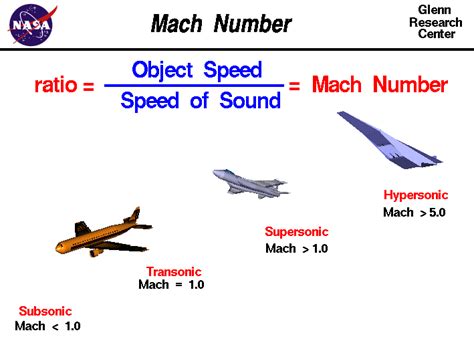
Several vehicles have been designed to achieve or exceed Mach 3 speeds, including: - Lockheed SR-71 Blackbird: A spy plane capable of flying at speeds over Mach 3.2, making it one of the fastest air-breathing aircraft ever built. - North American X-15: An experimental rocket-powered aircraft that could reach speeds of up to Mach 6.72. - Space Shuttle: While not designed for atmospheric flight at Mach 3, the Space Shuttle had to endure speeds of over Mach 25 during re-entry into Earth’s atmosphere.
🚀 Note: The development and operation of vehicles capable of achieving Mach 3 speeds are extremely complex and costly, involving significant technological challenges and risks.
Technological Advances

To overcome the challenges of achieving and sustaining Mach 3 speeds, several technological advances are necessary: - Advanced Materials: New materials that can withstand high temperatures and stresses without losing their structural integrity. - Cooling Systems: Efficient cooling systems to manage the heat generated by friction at high speeds. - Powerful Engines: Engines that can produce the thrust needed to accelerate to and maintain Mach 3 speeds. - Aerodynamic Design: Sophisticated designs that minimize air resistance and maximize stability at high speeds.
Future Prospects

The pursuit of achieving and exceeding Mach 3 speeds continues, driven by potential military, space exploration, and civilian applications. Hypersonic vehicles, capable of speeds above Mach 5, are a current area of research and development, promising even more significant advancements in travel and exploration capabilities.
In summary, Mach 3 speed represents a significant milestone in aerospace and aviation, offering potential advantages in military operations, space exploration, and future transportation technologies. However, achieving such speeds is fraught with challenges related to heat, air resistance, and materials science. Ongoing research and technological advancements are crucial for overcoming these hurdles and realizing the potential of high-speed flight.
What is Mach 3 speed in miles per hour?

+
Mach 3 speed is approximately 2,304 miles per hour at sea level.
Why is achieving Mach 3 speed challenging?

+
Achieving Mach 3 speed is challenging due to the heat generated by friction, increased air resistance, and the need for materials that can withstand these conditions.
What are the potential applications of Mach 3 speed?

+
Potential applications include military aviation for rapid deployment and response, space exploration for achieving escape velocities, and civilian transportation for reducing travel times between continents.
Related Terms:
- how fast is mach 3 5
- what comes after hypersonic speed
- mach speed calculator
- how fast is mach 50
- mach 3 3 in mph
- how fast is mock 3



